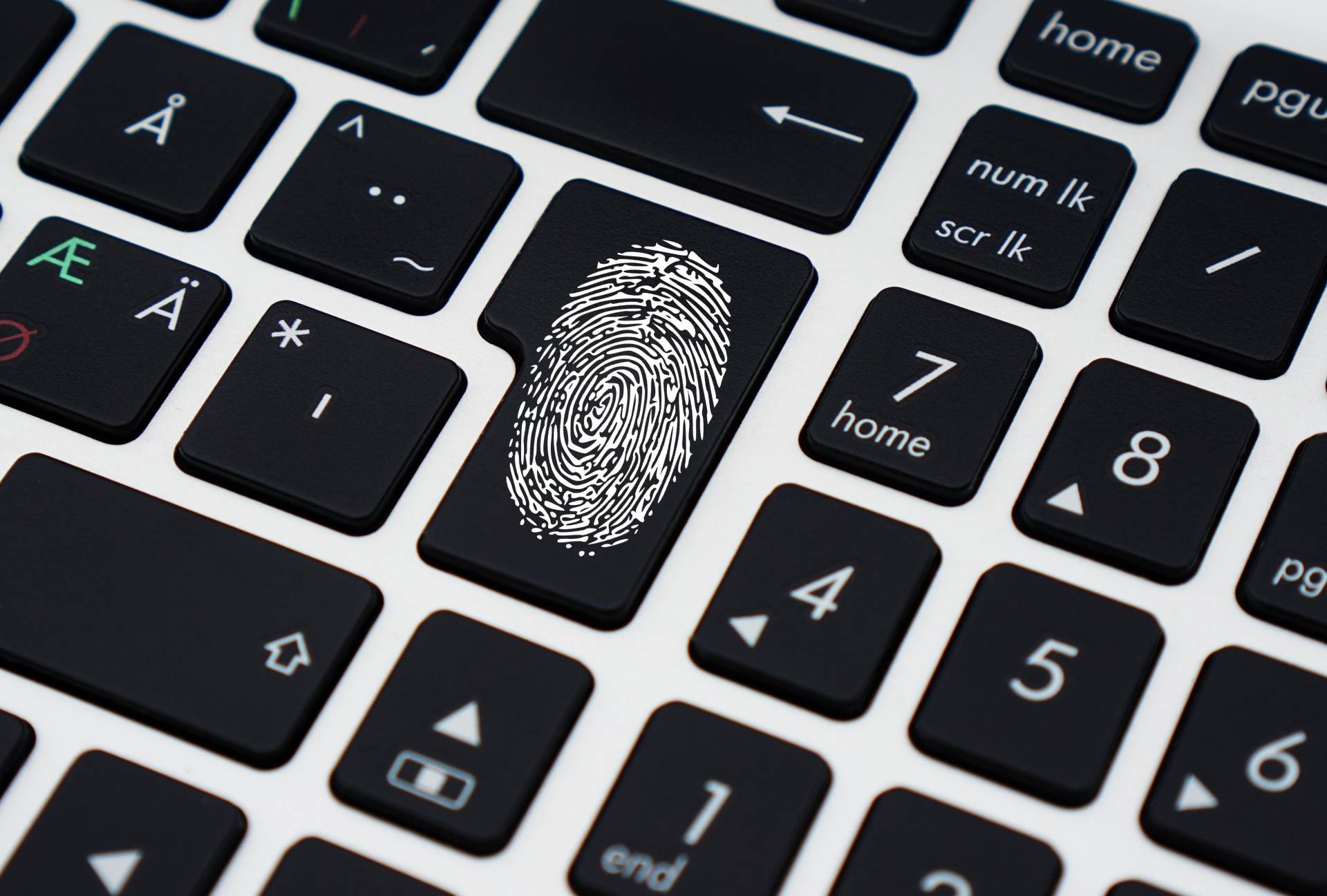Much like a human fingerprint, you leave a trail of “digital fingerprints” on the web that companies use to collect personal information about the things you do online. Every time you visit a website, click a button, or make a purchase, you leave behind a mark. Companies use tracking tools to record those marks and put them together in a profile, with the goal of showing you ads you’re more likely to click on.
These tracking techniques bypass online privacy rights by hiding terms of agreement discretely in the site’s footer – with a visit used to trigger consent. The grouping of your personal data also exposes you to a high level of risk in the event those tracking tools and/or companies experience a data breach.
If you’re wondering how safe your information is, Google, Facebook, Target, Macy’s, Adidas, Sears, Kmart, Best Buy, Panera Bread, Sonic, Whole Foods, and Arby’s have all been hacked – the majority in the last year – exposing the personal information of their customers.
While it may seem like your personal data is doomed to fall into the wrong hands, there are a few ways you can cover your tracks and protect your privacy. Here are three ways to hide your digital fingerprints:
1. Regularly clear your cookies and browsing history
A ‘cookie’ is a message that web servers send to your web browser when you visit a site. Your browser stores that message until you go to a new page then sends it back to the server. Think of it as a nosy neighbor reporting on where you’ve been. While traditional tracking relies on browser cookies that are tied to a single device, today’s tracking technology can identify you across multiple devices. Clearing your cookies and browsing history on a regular basis only protects you from older tracking tools, but leaves you exposed to the more modern and powerful tracking threats being used today.
When you clear your browser cookies and history, you delete this information from your browser – like shutting the windows and locking the door so that neighbor can’t see what you’re doing. These tend to build up over time, so (added bonus) clearing can also sometimes increase the speed of your browsing.
2. Browse private or ‘Incognito’
For additional privacy protection, use private browsing mode, available on all popular web browsers (Google Chrome, Safari, Firefox, and Internet Explorer). Private browsing mode will allow you to browse the web without storing any cookies or history data after you close the browser window, which can cover your tracks on the front end and help save a few clicks later.
3. Use a privacy tool
Some modern tracking tools are so advanced that clearing your browser history and cookies doesn’t protect you. These tools use a technique called ‘device fingerprinting’ to track and match your behavior from different devices – so they know it’s you whether you’re using your phone, your laptop, or your tablet.
The good news is that tools like TrackOFF now exist to hide you from being tracked and targeted. These tools use state of the art algorithms to alter your digital fingerprints in real-time so that you look like a different user every time you visit a website. That helps keep your information safe from being profiled and easily found in the event of another major hack.
Protect your information from being gathered and falling into the wrong hands by taking advantage of browser settings and privacy tools. That way when the next major breach happens, you don’t have to worry.
Authored By:
 Chandler Givens is the CEO & Co-founder of TrackOFF, a data privacy company that offers the most advanced protection against the newest online tracking threats.
Chandler Givens is the CEO & Co-founder of TrackOFF, a data privacy company that offers the most advanced protection against the newest online tracking threats.

